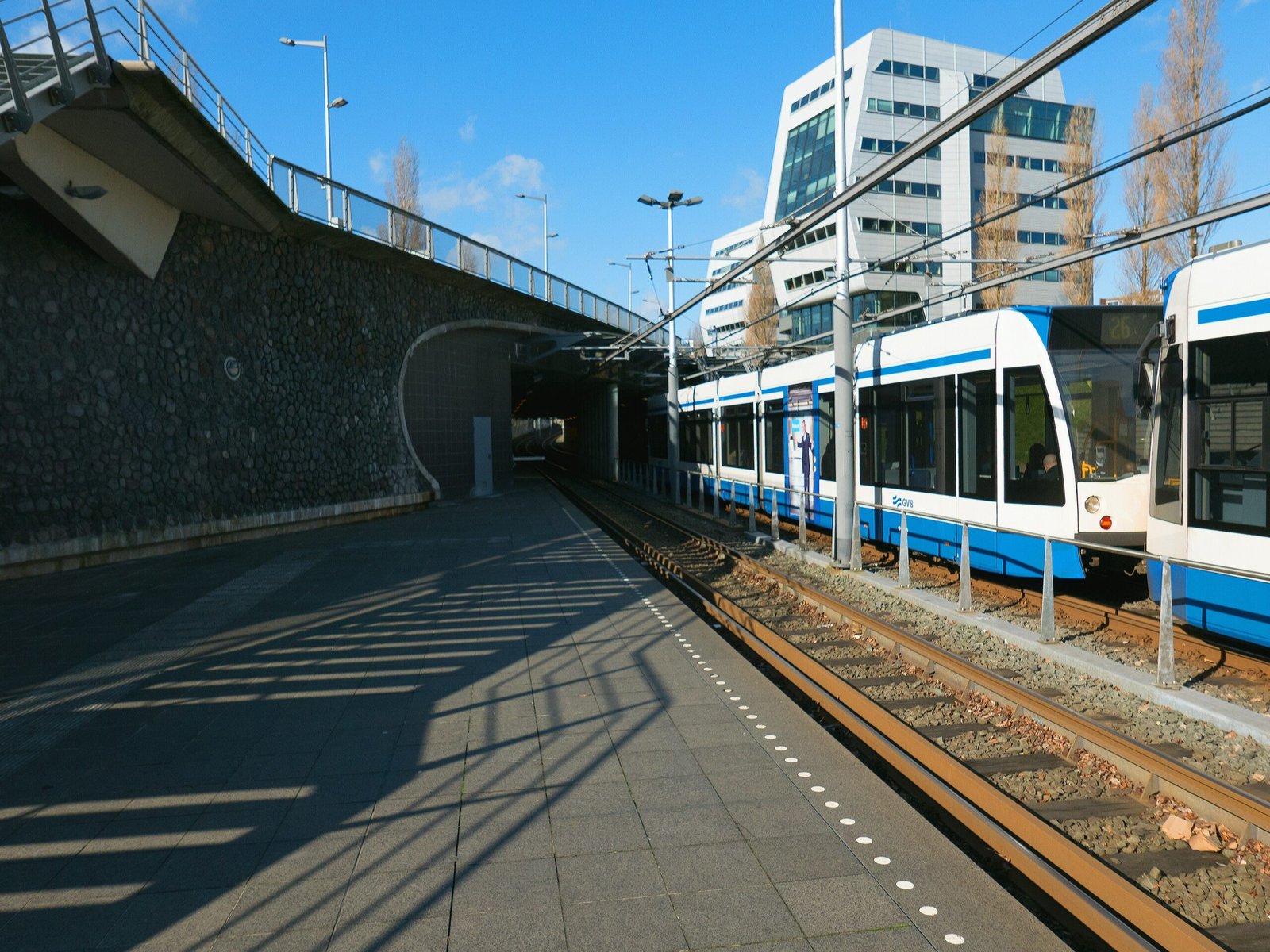
Understanding Network Design
Network design is a critical component of creating a reliable communication infrastructure in various environments, whether they be educational institutions, corporate settings, or even home offices. At its core, network design refers to the strategic planning and architecture of a network infrastructure that ensures efficient communication and resource sharing among users. It encompasses several principles that guide the layout and implementation of the network, making it essential for businesses and organizations that rely heavily on data transmission.
There are various types of networks, each tailored to meet specific needs and objectives. Local Area Networks (LAN) cater to smaller geographic areas, such as a single building or campus, enabling high-speed connectivity and resource sharing among local devices. On the other hand, Wide Area Networks (WAN) interconnect multiple LANs over larger distances, allowing organizations with multiple office locations to communicate seamlessly. Wireless Local Area Networks (WLAN) extend the benefits of LANs by providing mobility and flexibility for users without the constraints of physical cabling.
The key components involved in network design typically include routers, switches, firewalls, and access points, each playing a significant role in facilitating communication and securing data. The integration of these components requires not only technical expertise but also a clear understanding of the organization’s operational needs and growth projections. Furthermore, the landscape of network design has significantly evolved due to technological advancements. Emerging technologies like cloud computing, the Internet of Things (IoT), and 5G networks are reshaping how networks are conceptualized and implemented, emphasizing the necessity for adaptability.
As organizations strive for efficiency, scalability in network design becomes paramount. Networks must be flexible enough to accommodate growth and evolving demands to sustain reliable performance. By paying attention to the principles of network architecture and the intricacies involved, businesses can ensure a robust foundation that supports their long-term objectives.
Key Considerations in Network Design
Designing a robust network requires a comprehensive understanding of several key considerations that can significantly impact the efficiency and functionality of the infrastructure. One of the primary factors to evaluate is the specific needs of the organization. This necessitates an assessment of current and future operational requirements, employee mobility, and the types of applications in use. By aligning the network design with the organization’s goals, IT professionals ensure that the infrastructure can handle both existing and anticipated workloads.
Another crucial aspect is analyzing expected data traffic. Network designers must forecast the volume of data that will traverse the system, considering peak usage periods and potential bottlenecks. This insight directly influences network design decisions, such as bandwidth allocation and hardware selection. Ensuring that the network can accommodate varying traffic levels optimizes performance and user experience, allowing for seamless operations.
Security is paramount in any network design, as organizations face increasing threats to their data integrity and availability. Designing with security in mind involves implementing firewalls, intrusion detection systems, and proper access controls. Additionally, regular security assessments and updates must be part of the network implementation process to adapt to evolving cybersecurity challenges.
Budget constraints also play a significant role in network design. Balancing the need for advanced technology with budget limitations requires careful planning and prioritization. Organizations must determine where to allocate funds for critical components while considering potential long-term benefits of investing in more robust solutions.
Incorporating redundancy and reliability ensures that the network remains operational during failures or unexpected downtimes. By deploying multiple pathways, backup systems, and failover strategies, organizations can maintain business continuity and enhance user confidence in their infrastructure. Furthermore, compliance with industry standards and regulations must be a top priority in the network design process to avoid legal complications and enhance overall security posture.
Best Practices for Effective Network Design
Effective network design is integral to the success and efficiency of any organization’s IT infrastructure. By adhering to specific best practices, professionals can create a network that not only meets current demands but also accommodates future growth. One crucial practice is thorough planning and documentation. This foundational step ensures that all aspects of the network, from hardware selection to configuration settings, are well documented and understood by stakeholders involved in the network implementation. Detailed documentation facilitates troubleshooting and provides a reference for any future changes.
Additionally, creating a detailed network diagram serves as a visual representation of the components and relationships within the network. Such diagrams are invaluable for troubleshooting, as they allow network administrators to quickly identify potential bottlenecks or failure points. Visual aids simplify complex structures and make it easier to communicate ideas to team members or external stakeholders.
Regular performance assessments are another key component of effective network design. These evaluations help identify areas where the network may be lacking and allow for timely adjustments. Performance monitoring tools can provide insights into bandwidth usage, response times, and overall system health, guiding decisions regarding upgrades or modifications.
Utilizing appropriate design methodologies, such as hierarchical network design or the Cisco design model, can significantly enhance the planning process. These methodologies provide a structured approach to ensure that all necessary elements are accounted for and create a scalable network design. Moreover, the incorporation of virtualization technologies can optimize resource utilization and flexibility, enabling multiple virtual networks to coexist on a single physical infrastructure.
Finally, considering future growth during the design process is crucial. Networks must not only address present requirements but be adaptable to future needs. This foresight ensures that the network design remains relevant and scalable, ultimately leading to a robust infrastructure that can evolve over time.
Common Challenges and Solutions in Network Design
Network design is a crucial aspect of establishing a robust infrastructure, yet it is frequently accompanied by several challenges that can impede efficiency and effectiveness. One of the primary concerns is ensuring adequate security measures are in place. As networks grow in size and complexity, they become increasingly vulnerable to various threats. To address this challenge, organizations should adopt a layered security approach, implementing firewalls, intrusion detection systems, and regular security audits to safeguard sensitive information and maintain network integrity.
Another significant hurdle in network design is managing network complexity. As businesses integrate new technologies, such as cloud services and IoT devices, the network architecture can become convoluted, making troubleshooting and performance monitoring difficult. To mitigate this challenge, network implementation should be accompanied by the use of automated tools that simplify management tasks. Automation can help oversee network performance, optimize resource allocation, and detect anomalies that could disrupt operations. Additionally, employing simplified network topologies can enhance visibility and reduce complexity.
Balancing performance with cost is another frequent concern during the design phase. Organizations often struggle to achieve high performance while adhering to budgetary constraints. To tackle this issue, it is vital to prioritize the most critical network components during the planning phase. This may involve investing in high-quality hardware and software for essential processes while opting for more cost-effective solutions for less critical systems. Moreover, fostering a culture of collaboration among IT teams can play a pivotal role in streamlining the design process, ensuring that all stakeholders contribute their expertise to optimize the network for both performance and cost.
By understanding these common challenges and utilizing effective strategies such as layered security, automation, and collaborative efforts, organizations can lead their network design initiatives toward successful outcomes that withstand the test of ever-evolving technological landscapes.


